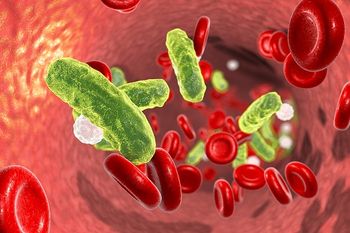
Study investigators assessed the nationwide incidence of sepsis within 42 days of delivery discharge.
Rachel is a longtime contributor to Contagion, HCP Live and MD Magazine. She frequently covers C diff, coronavirus and other infectious diseases.

Study investigators assessed the nationwide incidence of sepsis within 42 days of delivery discharge.
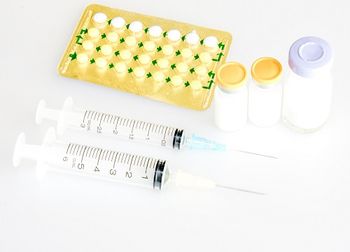
There was no difference in HIV acquisition among women who used progestogen-only injectables, implants, or intrauterine devices.
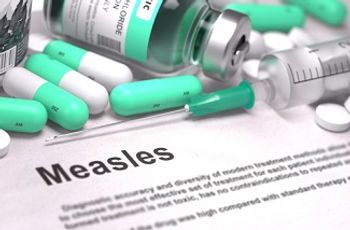
Being geographically close a measles outbreak could change the way individuals feel about getting vaccinated against the disease.
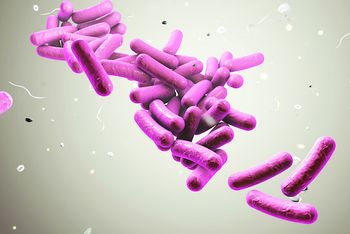
The long-term health care burden after Clostridium difficile (C diff) infection (CDI) is great for elderly patients. But even nonelderly patients are at risk for gastrointestinal symptoms for up to 2 years afterward.
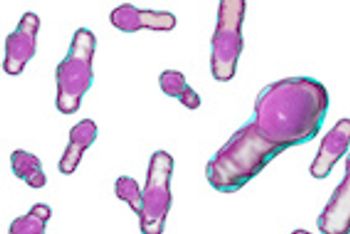
Clostridium difficile (C diff) infection rates remained relatively stable in 2015 and 2011 even though the rate of health care-associated infections was lower, respectively, according to recent findings.
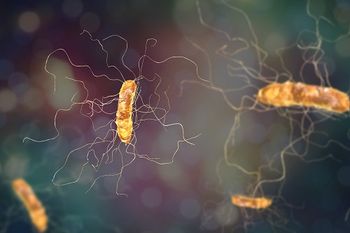
A new study suggests that for simple PCR-based detection of C. diff, dry rectal swabs were an effective substitute to the use of stool samples.
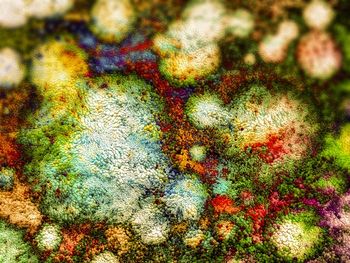
A recent review article looks at literature exploring risk factors and C. diff epidemiology to inform future preventive strategies.
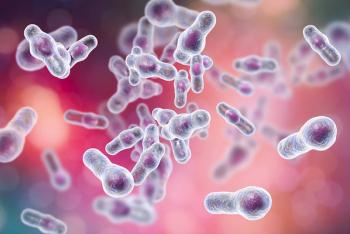
A recent study finds high dose of oral vancomycin may be optimal treatment for C. difficile.
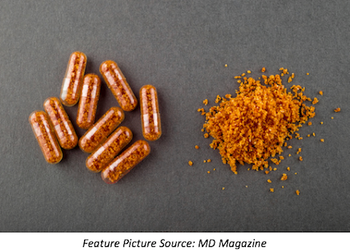
In a new literature review, researchers from the Netherlands postulate that studying fecal microbiota transplantation (FMT) can help identify novel therapeutic targets for metabolic syndromes.
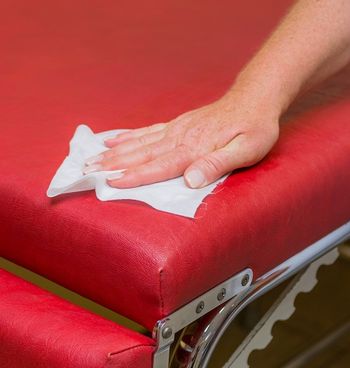
When it comes to cleaning products that work against Clostridium difficile, a new study has found that wipes are better than sprays.

Researchers believe that an increased incidence of C. difficile in travelers returning from international destinations may be linked to travelers' diarrhea.
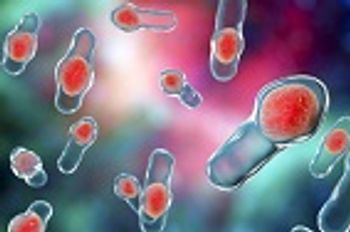
A new study takes a look at the efficacy of off-label treatments for Clostridium difficile (C. difficile) infection.

During experiments with cell-to-cell and cell-free transmissions, researchers showed that existing drugs are effective in suppressing the spread of HIV.

Men with HIV have more noncalcified plaque in their arteries than their uninfected counterparts.